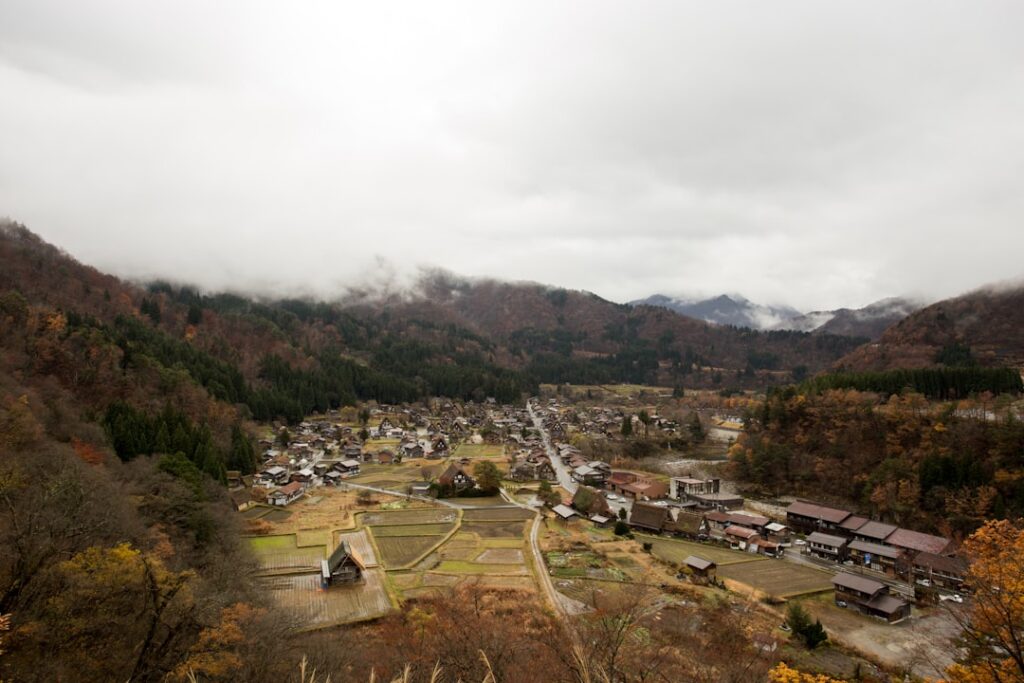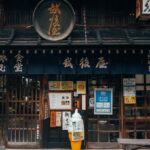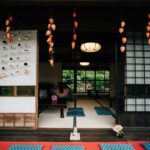Japan is famous for its bustling cities and world-renowned landmarks, but there’s an enchanting world that lies beyond the neon lights: the Satoyama. Nestled between mountains and fields, these traditional rural landscapes are experiencing a vibrant revival, offering immersive experiences for visitors seeking genuine connections with both nature and local culture. From age-old rice terraces to hands-on farm stays, the Satoyama is where the heart of Japan beats quietly yet passionately. Let’s explore what makes this hidden countryside a must-visit for adventurers craving authenticity and tranquility.
What is Satoyama? History, Cultural Significance, and Modern Meaning
Satoyama, literally translating to “village mountain,” is more than just a landscape: it symbolizes a harmonious relationship between people and nature. For centuries, rural communities across Japan have cultivated these areas at the forest edge, blending rice paddies, woodlands, and streams in a sustainable mosaic. Historically, Satoyama landscapes provided essential resources—timber, mushrooms, edible plants, and irrigation water—while maintaining biodiversity and ecological balance.
In the modern era, rapid urbanization and depopulation left many Satoyama areas forgotten. However, environmental awareness and the desire for sustainable living have sparked a revival in recent years. Today, Satoyama is seen as a model for coexistence with nature, inspiring both locals and international visitors to rediscover its deep-rooted wisdom and beauty.
Field Report: Immersive Stays in Satoyama Villages of Niigata and Noto Peninsula
Recently, I ventured off the beaten path to experience authentic Satoyama life in Niigata and on the Noto Peninsula. In tiny villages nestled among rice terraces and forests, travelers are welcomed into lovingly restored kominka (traditional farmhouses). Many offer homestay-style accommodations, where you’ll wake up to the gentle sounds of the countryside and share meals with your hosts.
During my stay, I joined villagers as they harvested rice by hand in golden fields, learning first-hand the value of patience and teamwork. Evenings were filled with laughter and local folklore over hearty meals by the fireplace. In Noto, community projects invite guests to participate in ongoing restoration efforts and seasonal celebrations, forging genuine bonds between locals and visitors.
Whether picking fresh vegetables for breakfast in Niigata or learning about the intricate woodwork of ancient farmhouses in Noto, every moment offered an immersion into rural Japanese life that left lasting memories.
Unforgettable Experiences: Farm Work, Traditional Crafts, Festivals and Nature Walks
Satoyama villages thrive on community-led activities that allow travelers to immerse themselves in local life. Try your hand at rice planting or harvesting—a physically rewarding and culturally rich experience that few urban visitors ever encounter. Many villages also offer workshops in traditional crafts like soba noodle making, indigo dyeing, or bamboo basket weaving.
Seasonal matsuri (festivals) add dynamic color to rural life—imagine joining locals for a lantern-lit procession, drumming, or folk dancing amidst ancient shrines. Nature lovers can hike woodland trails, forage for wild vegetables, or explore hidden waterfalls and serene forest temples.
These hands-on experiences foster a true understanding of the Satoyama ethos: respect for nature, self-reliance, and the joy of collaboration.
Local Cuisine: Farm-to-Table Feasts and Rural Culinary Traditions
One of the greatest joys of a Satoyama stay is savoring home-cooked meals crafted from locally grown ingredients. Breakfasts might include freshly steamed rice, wild vegetable miso soup, and handmade pickles, while dinners could feature river-caught fish grilled over open flames, seasonal mountain herbs, or earthy rice balls (onigiri) packed with umami.
Some villages are home to inaka (farmhouse) restaurants, where you can enjoy specialties like sansai tempura (mountain vegetable fritters) or locally brewed sake—all in a setting overlooking terraced fields or blossoming gardens. Whether dining with your host family or at a rustic countryside eatery, every meal tells a story of place, season, and community.
The Satoyama Revival: Community Renewal & The Future of Sustainable Tourism
The ongoing Satoyama revival is driven by passionate locals, creative entrepreneurs, and eco-conscious travelers. Across Niigata, Noto, and beyond, residents are revitalizing abandoned homes, reviving forgotten traditions, and welcoming outsiders as partners in community-building.
Many villages have initiated sustainability projects—like organic farming collectives, eco-lodges, zero-waste schemes, and educational workshops—ensuring that tourism supports, rather than disrupts, rural life. These initiatives don’t just benefit visitors: they restore pride, generate income, and nurture biodiversity for future generations.
For travelers seeking meaning, connection, and the quiet excitement of discovery, a Satoyama trip isn’t just a retreat—it’s a step toward a more harmonious world.
Are you ready to leave the city behind and discover the soulful countryside of Japan? The Satoyama revival welcomes you with open arms, inviting you to be part of an inspiring movement that bridges past and future, people and Earth.






